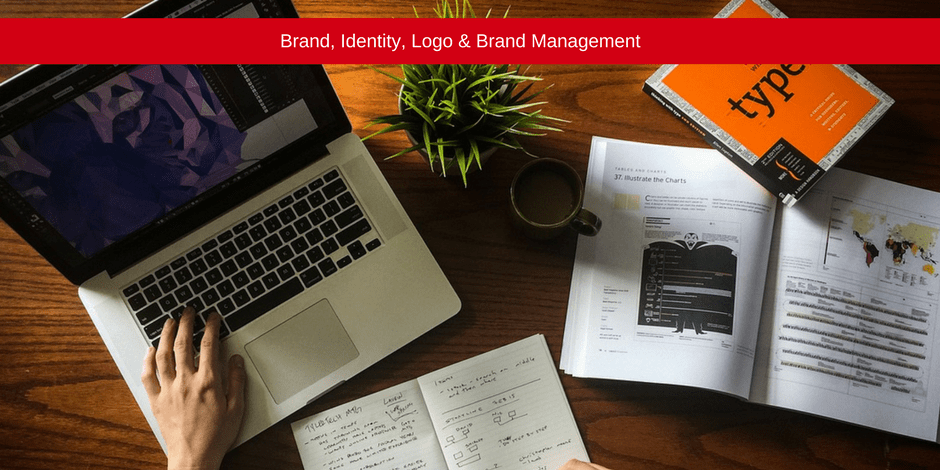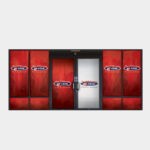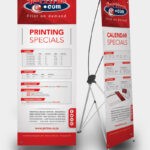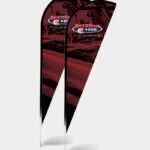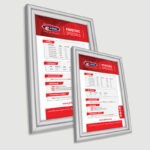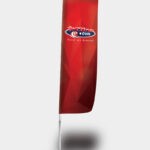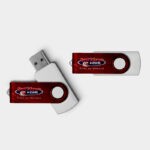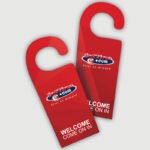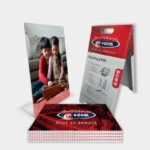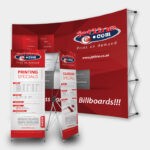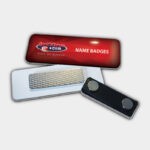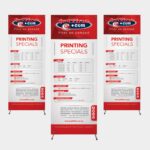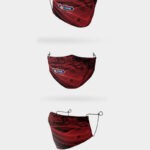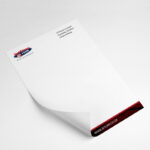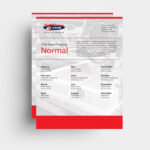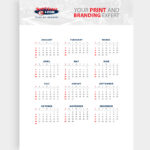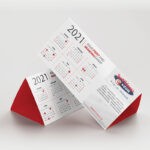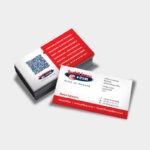As a business owner, one of the most daunting projects you will take on is designing the logo for the business. Creating the ideal logo is not a simple process and certainly doesn’t involve copying and pasting an illustration from word art – this is a mistake seen all too often these days! No matter how much research you do when creating your logo, it is important to remember that an appealing design is not enough to develop a strong brand identity.
By developing thorough brand identity processes, you give your business a unified viewpoint. This gives everyone associated with your company the foundation to build the brand themselves. So, where do you begin?
By strategically combining the three elements below, and by implementing a strong brand management system, you form a cohesive brand identity. These primary concepts are: brand, identity and logo.
Brand and Brand Management
Branding relates to the key message and emotional response to a business and its offerings. It also represents the dialogue that customers are having about the company, and how this conversation spreads to the consumer. Essentially, a brand is a set of remembrances, relationships, stories and expectations that all account for the customer’s decision to pick one business over another.
Identity
Business identity defines the visual materials that represent the business. This refers to all marketing materials, advertising tools, corporate stationery, signage, digital and printed content and design. All companies should have strict style guidelines to guarantee consistency. Many corporations are investing in brand management portals to ensure all elements of their marketing materials are in-line with the image they portray.
Logo
The logo is the most identifiable visual signifier of a brand. Logos help customers discover, remember and share a brand. This usually takes the form of an icon and logotype (or a combination of the two.)
Steps to Building your Brand Identity
Research
Put together a creative brief. This should consist of summaries from your research phase, outlining your target market, objectives, values and mission statement. It should also include: budget, file formats and project schedule.
Logo Design
There is no rule to tell you how to begin your logo design, but more often than not, you will see graphic designers begin by sketching out a multitude of iterations on paper. It is important to work closely with your designer to ensure they understand your business and the image you want to portray. Then once you and the designer have selected the best option on paper, the process will go digital.
Take a look at the design process of the Firefox Logo:

The Identity System
The identity system begins once the logo has been completed. The purpose of the system is to create a systematical visual language, one that compliments the design of the logo and provides elements to assist in marketing and all areas of business collateral.
Check out Handsome Coffee Roasters and their streamlined visual identity:

Visual Style Guide
Your style guidelines contain usage rules, fonts, colour palette and layout guidelines to ensure your brand is always represented correctly. A style guide exists so others are able to create marketing materials that have a cohesive voice and look.
A colour scheme, logo and consistent imagery allows employees, customers and partners to instantly recognise product lines and company information. This allows customers to easily pick out your product or service in an over-saturated marketplace. Effective and consistent company branding enhances the image of your company and it resides in the mind of the consumer.
Your long term branding efforts need to keep your business consistent in its representation. This needs to transcend product lines, messages and audience appeal, allowing your business to grow and maintain a loyal client base.
Here is an insert from Walmart’s style guide:

Monitoring your Brand Identity and Brand Management
Once your brand identity has been launched and introduced to the consumer, it is important that you monitor it closely. Your brand identity should be considered a living entity that grows and interacts with your customers.
Overtime, if you find that your target market has shifted, or there is a significant change in the industry, it may be time to rebrand – and that is another article all together.

